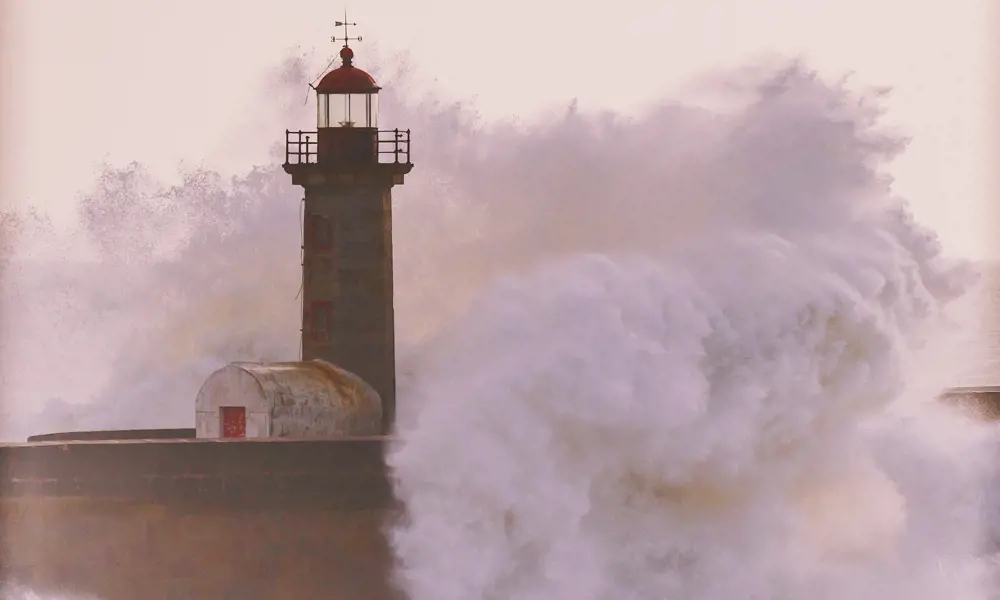
Ensuring engineering’s endurance
Did you know?
Yep – even in the age of GPS, we still need lighthouses!
- Many lighthouses in the UK and Ireland are still used as physical aids to navigation
- Engineers are investigating structures such as lighthouses and historic railway infrastructure to assess their longevity and preserve them for future generations
- Since the 18th century, offshore lighthouses have been built in a certain way to withstand strong waves, wind and storms
Caring for the past requires just as much inventive engineering as building for the future. The application of engineering to heritage conservation rose to prominence in the second half of the 20th century, when the restoration and preservation of everything from steam locomotives to concrete tower blocks began to attract public enthusiasm.
However, while the term itself may be relatively new, the approach can be traced back much further. Dina D’Ayala, Professor of Structural Engineering at UCL, points out that in the 6th century AD, Emperor Theodoric the Great appointed a public architect to oversee the restoration of the city walls, aqueducts and other historic structures in and around Rome.
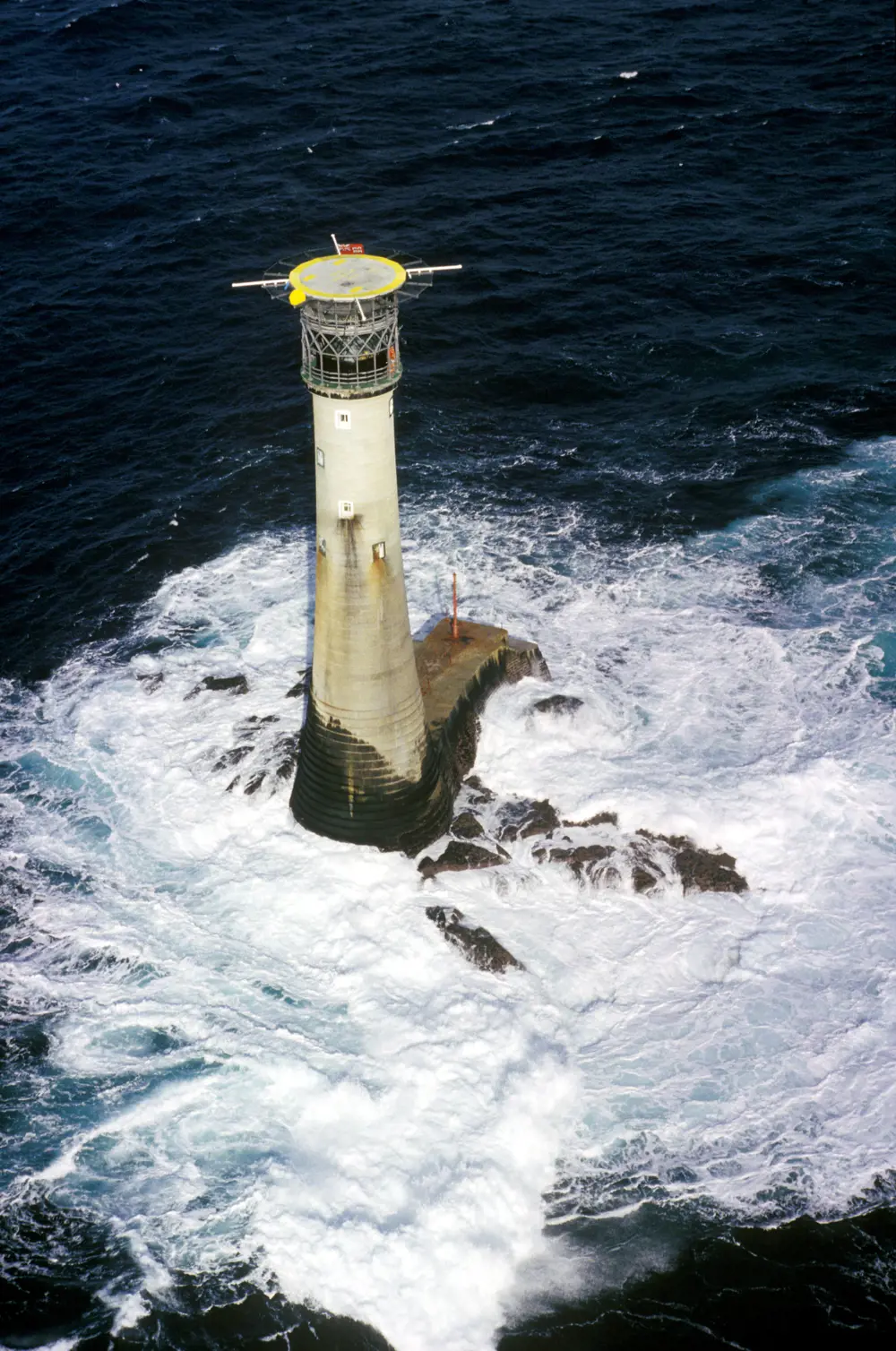
Nowadays, the urge to preserve is stronger than ever. As well as the approach to protecting structures and machines that already exist, preserving them for historic value and prolonging their use, there is also a case to be made for its sustainability credentials. Refurbishing and repurposing structures can be a much greener alternative to knocking them down and building something new in their place. The nature and complexity of some of the challenges is attracting academic interest, with universities possessing the resources required to tackle the issues, as was the case with a project that started in 2016 looking at the structure of 19th-century lighthouses.
Investigating vibration
There are more than 250 lighthouses dotted around the UK and Ireland coasts, many of which are still used by seafarers to navigate their course. While electronic navigation techniques such as Global Navigation Satellite Systems (GNSS) and the International Maritime Organization’s e-Navigation concept may make it seem that these physical aids to navigation are no longer quite so indispensable to those navigating the seas, lighthouses continue to provide essential services for mariners. They are particularly useful for hazard warning, spatial awareness and confirmation of position, and so the General Lighthouse Authorities of the UK and Ireland (GLA), which are responsible for safe navigation around the British Isles, are committed to maintaining these structures.
More at risk than their onshore counterparts, offshore, rock-mounted lighthouses, such as Wolf Rock off Land’s End or Bishop Rock near the Scilly Isles, are exposed to storms. That they have so far withstood the battering of winds and waves can be attributed to their 19th-century construction. Original drawings reveal how the granite blocks forming the circular layers of these towers were not only cut to a precise shape and size, but dovetailed horizontally and keyed vertically to each of their neighbours. This interlocking minimises the risk of slippage between successive layers.
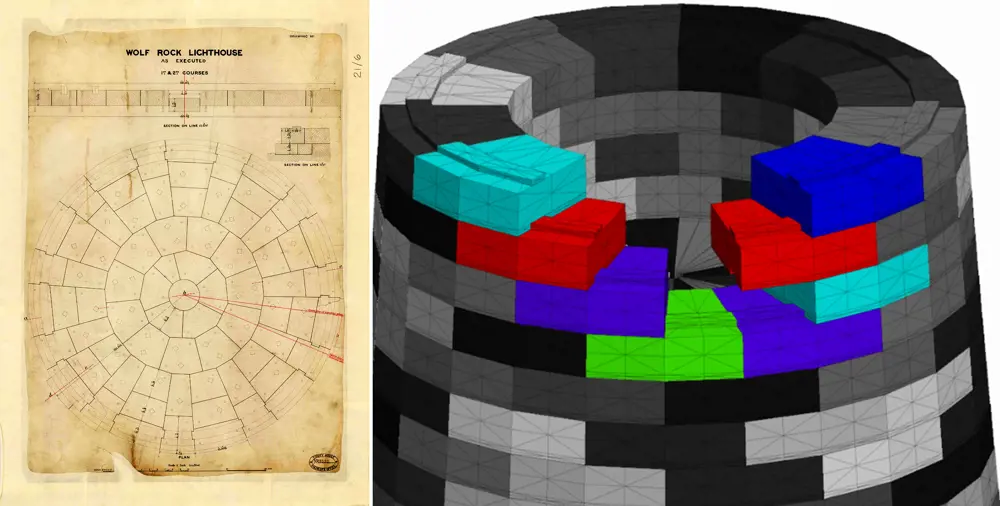
If they’d been designed differently, for example without the vertical interlocking between the blocks, they’d have failed.
Alison Raby, Professor of Environmental Fluid Mechanics at the University of Plymouth.
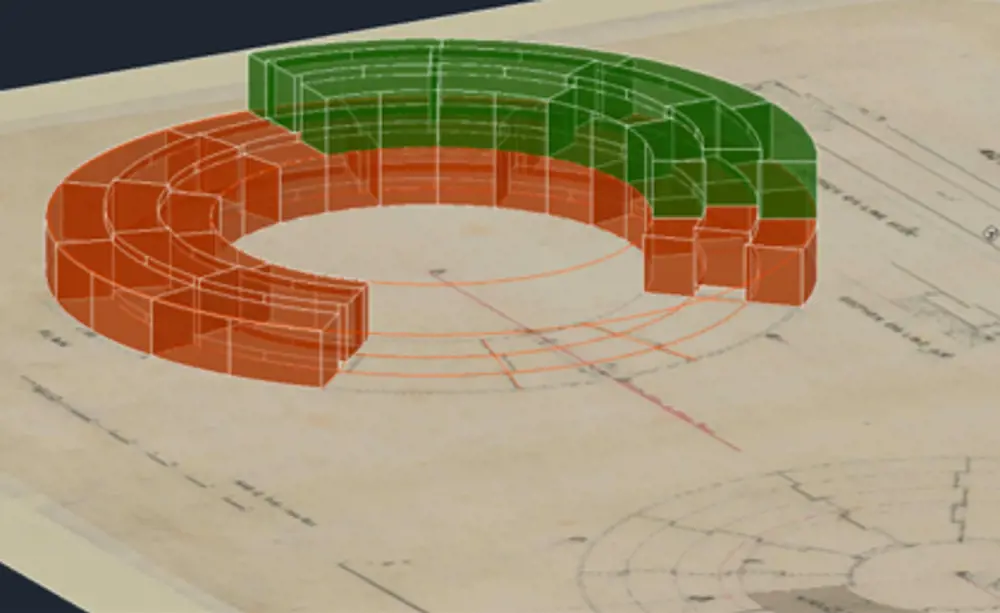
"If they’d been designed differently, for example without the vertical interlocking between the blocks, they’d have failed,” says Alison Raby, Professor of Environmental Fluid Mechanics at the University of Plymouth. However, with climate change promising more frequent and powerful storms in the future, in 2011 Trinity House – one of the three GLAs in the UK and Ireland – commissioned the University of Plymouth to carry out a pilot study of the Eddystone lighthouse off Cornwall’s coast. There had been reports of vibration in the structure, so the project set out to assess the impact of wave loading on it.
The pilot’s findings and methodology were then incorporated into the STORMLAMP project (STructural behaviour Of Rock-Mounted Lighthouses At the Mercy of imPulsive waves), which aimed to investigate the condition of six more exposed lighthouses and discover if they needed any special upkeep measures to guarantee their future integrity. Funded by the Engineering and Physical Sciences Research Council, and led by the University of Plymouth and GLAs, engineers at Plymouth, the University of Exeter and UCL pooled their skills to carry out field measurements, laboratory studies, and analytical and numerical investigations. The project group also worked closely with industry partners including AECOM, HR Wallingford, the Environment Agency, and Atkins.
As Wolf Rock is the most exposed of the six lighthouses, it was the focus of the longer-term and most intense studies. Professor D’Ayala and her colleagues at UCL used the details shown in the original construction drawings to create a numerical model of the lighthouse.
To develop a realistic structural analysis, they realised that the interlocking design of its individual stone blocks required something more sophisticated than the type of finite element modelling engineers usually employ for numerical structural analysis. This interlocking structure meant that they needed to take account of the lighthouse’s rocking behaviour in which, under wave loading, separate courses of the tower’s stonework would lift fractionally, but not slide over each other. They were eventually able to create a model that accurately reproduced the discrete nature of the masonry and the possible movement between stones.
Structural integrity
The University of Exeter’s Vibration Engineering Section carried out field testing of the lighthouses to assess their structural characteristics. The team set out to determine the lighthouse’s dynamic response by using a shaker. This device, placed at the top of the building, incorporated a 50-kilogram weight that jerked back and forth to create a tiny but measurable lateral movement in the tower. Readings from accelerometers, sensors that measure vibration that were placed at several levels in the tower, demonstrated the extent of the displacement.
An accelerometer and camera system also monitored Wolf Rock lighthouse, allowing the team to capture data during actual storms. Professor Raby and her colleagues also carried out physical modelling and laboratory testing focused on Wolf Rock lighthouse. The team collected detailed measurements of the lighthouse and conducted a survey of the rocky outcrop on which it is built – below the water line as well as above it. They then used this data to build a 1:40 scale model.
The team recreated the lighthouse in meticulous detail, right down to its 1970s helideck structure at lantern level, which was assembled like an airfix kit. The granite part of the lighthouse comprised 11 3D-printed rings. However, these were not able to tilt and lift with respect to each other. The hollow core of the model housed a six-axis load cell, three accelerometers and 12 pressure transducers. The model was then mounted on its reef and set up in the University of Plymouth’s Ocean Basin, where waves of varying intensity crashed into it. The model’s sensors allowed the Plymouth researchers to measure the pressures and forces exerted on the structure. This data illuminated the action of the waves on the real lighthouse, and enabled Professor D’Ayala to use her numerical model to predict their likely effect on its integrity.
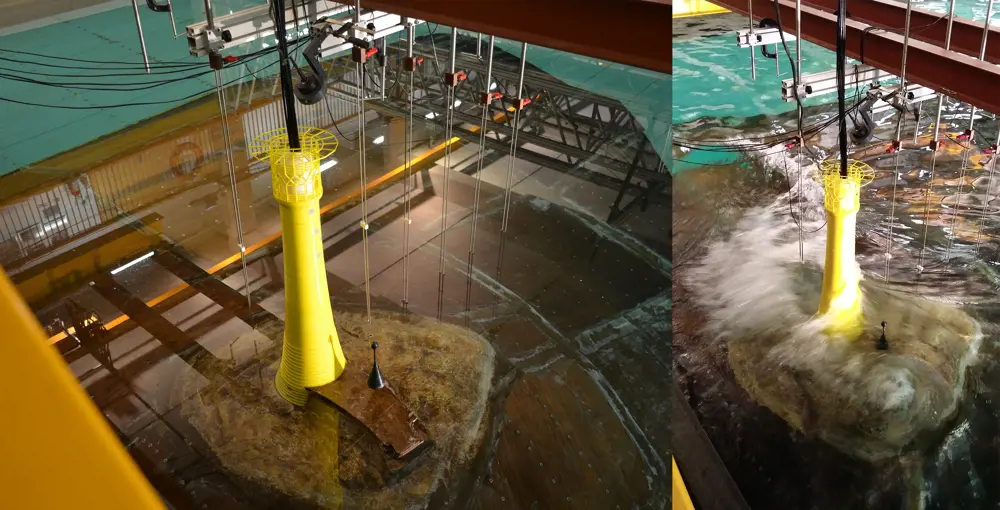
Durable engineering
The study concluded that, even when taking account of predicted climate change, the lighthouses should retain structural integrity for at least another 50 years without any special interventions needed – a tribute to the foresight of the engineers who built Wolf Rock and other such rock-mounted lighthouses. The STORMLAMP project has offered a template for the assessment of other lighthouses around the world. The vibration testing techniques developed by the University of Exeter had also already been used on other structures, notably bridges ranging from Miller’s Crossing pedestrian bridge in Exeter to the Jiangyin Suspension Bridge in China. The project team’s findings and experience could also prove valuable to offshore wind turbine design.
STORMLAMP has also led to further projects investigating lighthouse structures. To make access to these remote locations easier, many offshore lighthouses have been fitted with helipads: steel frameworks built on top of the original structure. Some of these are past their prime, so Professor D’Ayala’s team at UCL and Trinity House recently completed a project to optimise the design of a new generation of helipads. They used a whole life-cycle approach that minimises their carbon footprint and maximises their lifespan, by choosing lighter materials more resilient to the corrosive effect of ocean storms. The reassurance promised by STORMLAMP is not the end of the story for the offshore lighthouses.
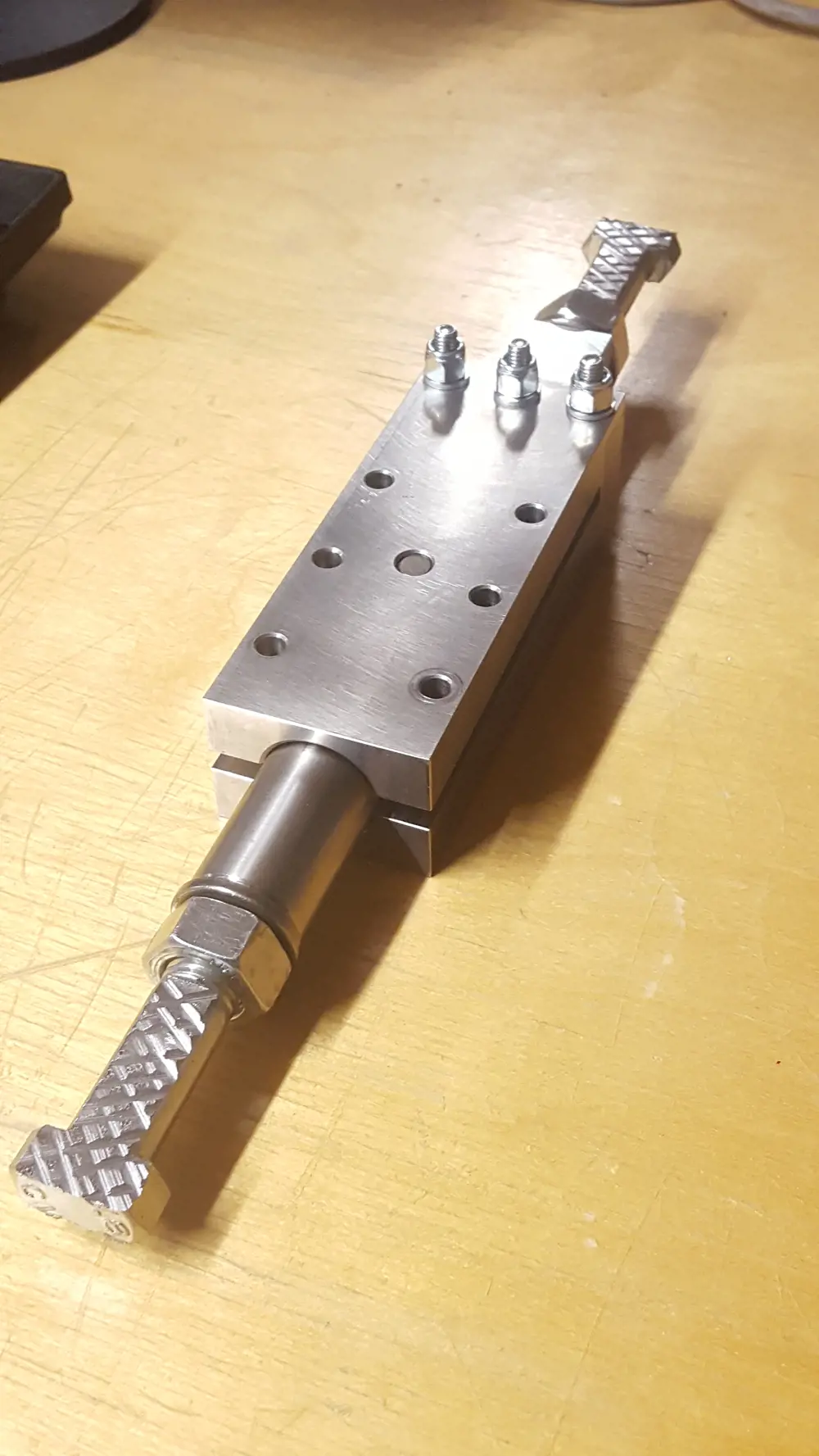
Prototype of the cylinder dissipative device clamped between plates. The device is no bigger than the size of half a brick
Protection from earthquakes
Likes waves and storms, earthquakes are another natural occurrence that can place stress on a structure’s integrity, causing damage and, in extreme cases, collapse. Since medieval times, a technique using metal tie bars bolted at either end to wall-mounted anchor plates has been used to strengthen buildings and boost earthquake resilience. However, under seismic action the tie bars can fail, or the force of a quake may be such that the anchor plates punch through the walls.
About a decade ago, Professor D’Ayala, in collaboration with Cintec International – which manufactures structural reinforcement and anchoring systems – devised and patented an energy-dissipating device. When fitted into the bar at some point along its length, the device enables it to extend, thereby accommodating the shaking of the walls. The device comprises two overlapping surfaces clamped tightly together and held in place by the friction between them.
In an earthquake that causes perpendicular walls to move apart, and the tension in the bar to exceed a predetermined level, the device overcomes the friction preventing the relative movement of the two surfaces. They slide over each other and the tie bar lengthens. When the walls resume their previous configuration, and the forces are reversed, the two surfaces of the device are pushed back to their starting position.
The lengthening of the tie bar reduces the likelihood of the anchor plates punching through the walls, and the relative movement of the two friction surfaces dissipates some of the event’s energy in the form of heat and work. The device is adjustable, and prior modelling can determine the level of friction and the extent of sliding between the surfaces needed, according to the degree of movement acceptable for a particular building.
Professor D’Ayala and partners developed the system specifically for buildings already in existence so it can be retrofitted, with the tie bars hidden in a floor or in a wall. The system is now patented and in use, and one of the earliest was fitted to a church in L’Aquila in Italy during the reconstruction that followed the city’s devastating 2009 earthquake. Professor D’Ayala has since devised and patented an improved version, in which cylinders replace the original flat plate and friction is controlled by using a fluorinated ethylene propylene plastic slip. This makes them smaller and less intrusive, more robust, and smoother in operation.
***
This article has been adapted from "Ensuring engineering's endurance", which originally appeared in the print edition of Ingenia 96 (September 2023).
Contributors
Alison Raby leads the COAST Engineering Research Group at Plymouth. Professor Raby is an expert on the interactions of extreme waves with coastal structures and also conducts international post-tsunami reconnaissance missions supported by the Institution of Structural Engineers. She is a Chartered Civil Engineer and Fellow of the Institution of Civil Engineers.
Dina is Head of Civil Engineering in the Department of Civil Environmental and Geomatic Engineering and also holds the UNESCO Chair in Disaster Risk Reduction and Resilience Engineering. She is an expert in historic buildings and the effects of natural hazards. She is a director of the International Association of Earthquake Engineering, a founding member of the International Scientific Committee on the Analysis and Restoration of Structures of Architectural Heritage, and a Fellow of the Institution of Civil Engineers.
Keep up-to-date with Ingenia for free
SubscribeRelated content
Civil & structural

Building the Shard
The Shard is one of London's most iconic buildings. The tallest in Western Europe, it was designed by Italian architect Renzo Piano and dominates the city’s skyline. Ingenia spoke to John Parker, project director for structural engineers WSP, who outlined the engineering decisions made in building the enormous steel and glass structure.
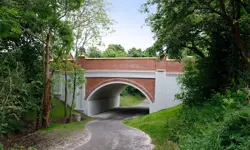
FlexiArch
Arch bridges are strong, durable and require little maintenance. However, very few had been built since the early 1900s until the FlexiArch was developed and launched in 2007. Now, there has been a minor renaissance for this ancient form of construction.

Creating user-friendly buildings
For Michelle McDowell, a former Business Woman of the Year, a passion for joined-up design thinking and building information modelling with a user-friendly approach has enabled her to pioneer revolutionary changes in her field.
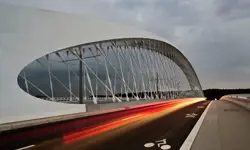
Troja Bridge
In November 2014, one of the world’s largest network arch bridges was officially opened in Prague. The UK may soon have its first network arch bridge if the go-ahead is given for a new rail project in Manchester.
Other content from Ingenia
Quick read

- Environment & sustainability
- Opinion
A young engineer’s perspective on the good, the bad and the ugly of COP27

- Environment & sustainability
- Issue 95
How do we pay for net zero technologies?
Quick read

- Transport
- Mechanical
- How I got here
Electrifying trains and STEMAZING outreach

- Civil & structural
- Environment & sustainability
- Issue 95